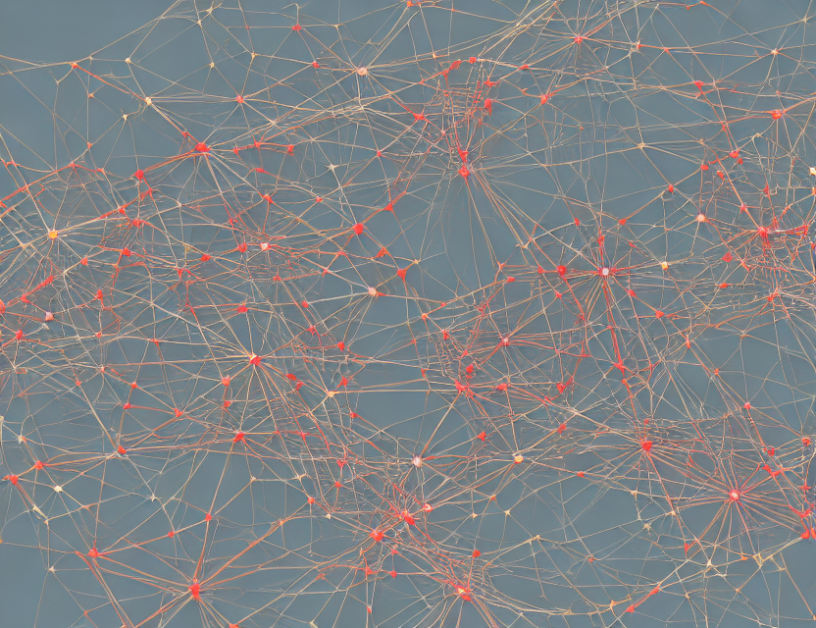In this paper, the authors propose a novel approach to fine-grained human activity understanding, which involves using a self-attention mechanism to analyze the temporal relationships between frames in a video sequence. The proposed method leverages the power of contrastive learning to learn contextual cues across different sequences, leading to improved performance in various fine-grained human activity understanding tasks.
To begin with, the authors explain that traditional methods for human activity understanding rely on hand-crafted features or temporal information such as temporal coherence, temporal order, arrow of time, and pace. However, these methods are limited by their inability to capture complex contextual relationships between frames. This is where the proposed self-attention mechanism comes into play, allowing the model to learn contextual cues across different sequences.
The authors then delve into the details of their approach, which involves using a combination of self-attention and cross-attention mechanisms to analyze the temporal relationships between frames. The self-attention mechanism allows the model to focus on specific parts of the input sequence, while the cross-attention mechanism enables the model to learn contextual cues across different sequences. The authors also introduce a projection head, which is an MLP network with one hidden layer, to improve the generalization ability and yield effective features for downstream fine-grained human activity understanding tasks.
The authors then demonstrate the effectiveness of their approach through quantitative comparisons on three public datasets. They show that their method outperforms previous methods in various fine-grained human activity understanding tasks, such as phase classification. The authors also provide qualitative comparisons in the supplementary material to further illustrate the advantages of their proposed method.
Overall, the authors’ approach represents a significant advancement in the field of human activity understanding, demonstrating the power of contrastive learning and self-attention mechanisms for analyzing complex contextual relationships between frames in video sequences. The proposed method has broad implications for a wide range of applications, including surveillance, healthcare, and entertainment.
Computer Science, Computer Vision and Pattern Recognition
Comparative Analysis of Time-Contrastive Networks and Self-Supervised Learning Methods for Fine-Grained Human Activity Understanding



